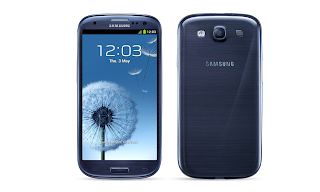1. Supercomputer – computer which performs special functions, fast and
powerful computer, outperforming most mainframes, and used for intensive
calculation, scientific simulations, animated graphics and other work that
requires sophisticated and high-powered computing.
2. Mainframe – large computer and expensive powerful computer that
can handle thousands of connected users simultaneously and process up to
millions of instructions per seconds.
3. Minicomputer – medium-sized computer usually used as a terminals
4. Microcomputer - personal
or desktop computer is designed in such a way that the system unit, input
devices, output devices and all other devices fit conveniently on or under a
desk or table.
5. Laptop – handy
computer; also known as computer notebook. It is small, lightweight computer
that you can easily transport from one place to another.
6. Palmtop – it can fit the size of
a breast pocket, refers to a hand-held computer the popular type is a Personal
Digital Assistant (PDA).

















